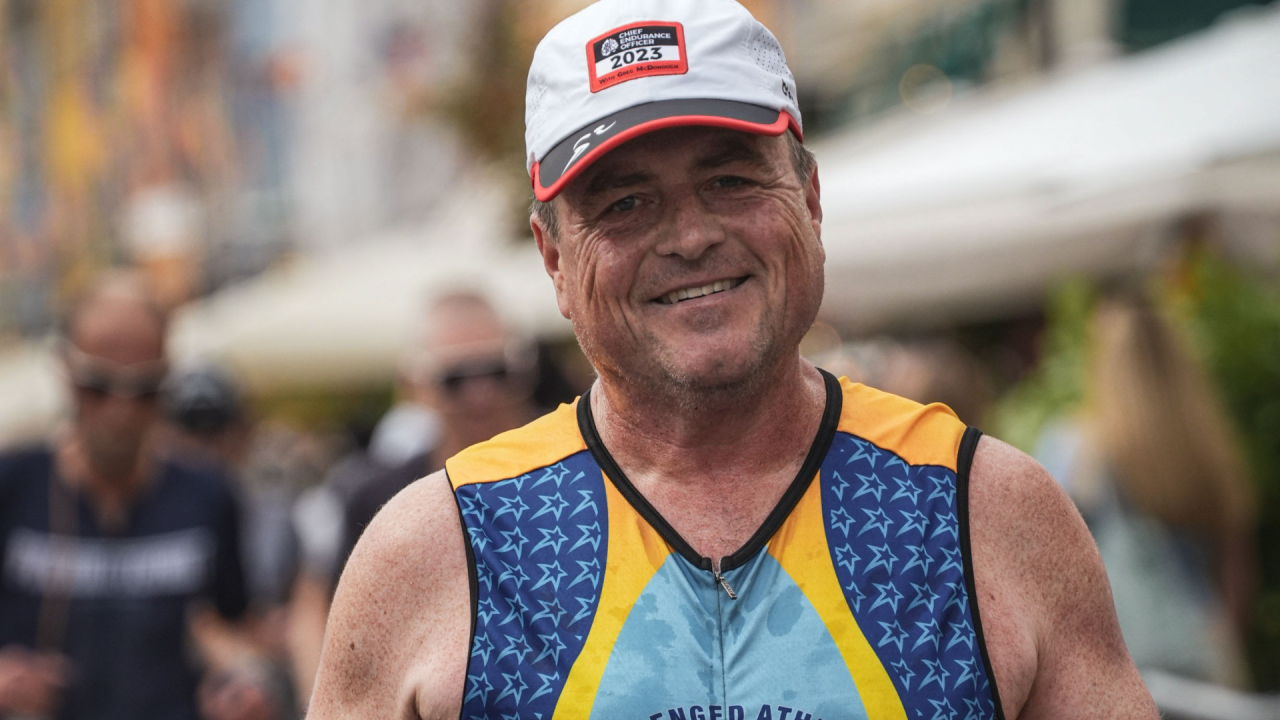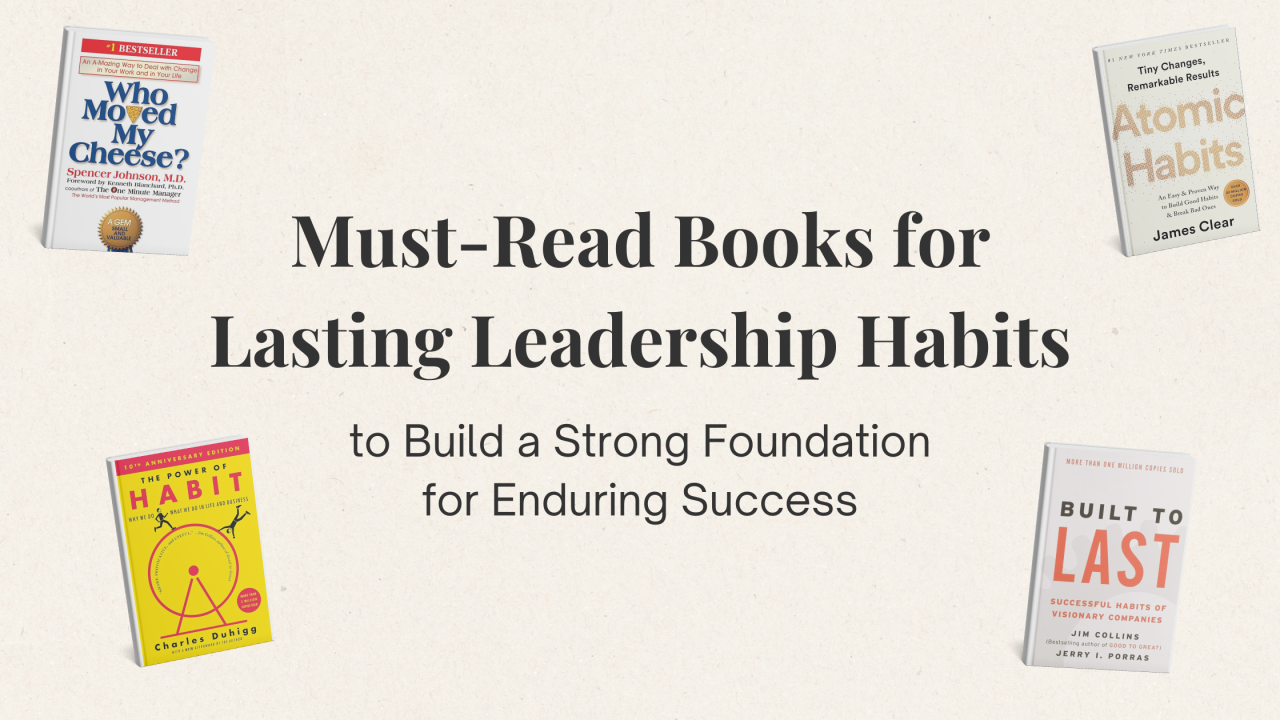A few weeks ago, I crossed the finish line of my 9th Ironman, completing the Copenhagen race in my fastest time ever. While it was an achievement, this race was an incredibly humbling experience, one that left me reflecting on the unpredictable nature of endurance racing and the lessons I’ve learned along the way. Here’s a breakdown of my experience:
The Swim: Navigating Uncertainty
For the first time in my long-distance racing career, I felt disoriented during the swim. Swimming is usually my strongest discipline, thanks to my background in the water, but this time things didn’t go as planned. My goggles fogged up, and I struggled to find the race buoys on a course I wasn’t too familiar with. I found myself needing to rely on others, following a fellow participant to stay on track.
At one point, I was confused by the vibrations from my watch, unsure if it was marking time or distance. I convinced myself I was having a poor swim only to find out later that I had clocked one of my best swim times. The takeaway here? When things don’t go as expected, lean on experience and adjust your strategy. It’s amazing what happens when you stay flexible.
The Bike: Learning to Accept My Limits
After finishing the swim around 700th out of 2,500 athletes, I was quickly humbled by the bike portion. Over 1,300 athletes passed me, despite this being one of my best bike performances with a 6-hour, 30-minute split at an average pace of 16.5 mph. My coach later pointed out that my mostly indoor training might not be setting me up for maximum improvement.
What I’ve learned is that specific goals lead to better performance—I need to focus on building bike thresholds if I want to improve. This experience was a reminder that humility is essential when we confront our limitations, but that we also have the power to change and grow through targeted effort.
The Run: A Battle of Willpower
The run is always my biggest challenge, and this race was no exception. Pushing too hard on the bike cost me on the run, where I had to rely on my walk-run strategy for a grueling 5 hours and 45 minutes. The entire time, I was thinking about all the athletes who had passed me on the bike, which drove me to push harder but also served as a humbling reminder of my limits.
Still, it’s important to keep moving forward, even when the going gets tough. Each step, whether running or walking, was progress.
The Finish: A Lesson in Patience and Perspective
Crossing the finish line was another humbling moment. I had guessed I’d finish around 14 hours and 15 minutes, but ended up with a time of 14 hours and 17 seconds. Yes, just 17 seconds! Could I have pushed harder to shave off that time? Perhaps. But I’ve learned that chasing specific times can often lead to burnout.
Instead, I choose to focus on my performance as a measure of where I am now. The outcome serves as a guide for areas to improve, without the pressure of perfection.
Final Thoughts
This race taught me that every performance—good or bad—is an opportunity for growth. Rather than getting caught up in the outcome, I’ve learned to use it as a tool for reflection, setting more specific goals for the future while appreciating the journey.
To all my fellow athletes out there, remember: keep moving forward, set your goals, and embrace the process. You never know what you’ll learn about yourself along the way.




